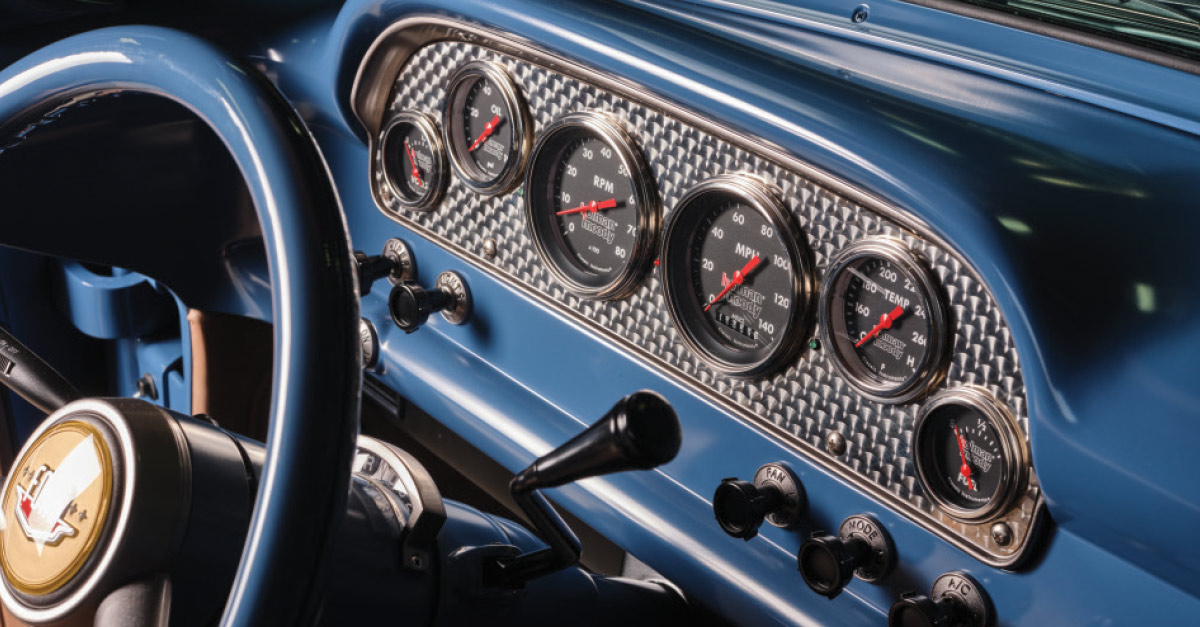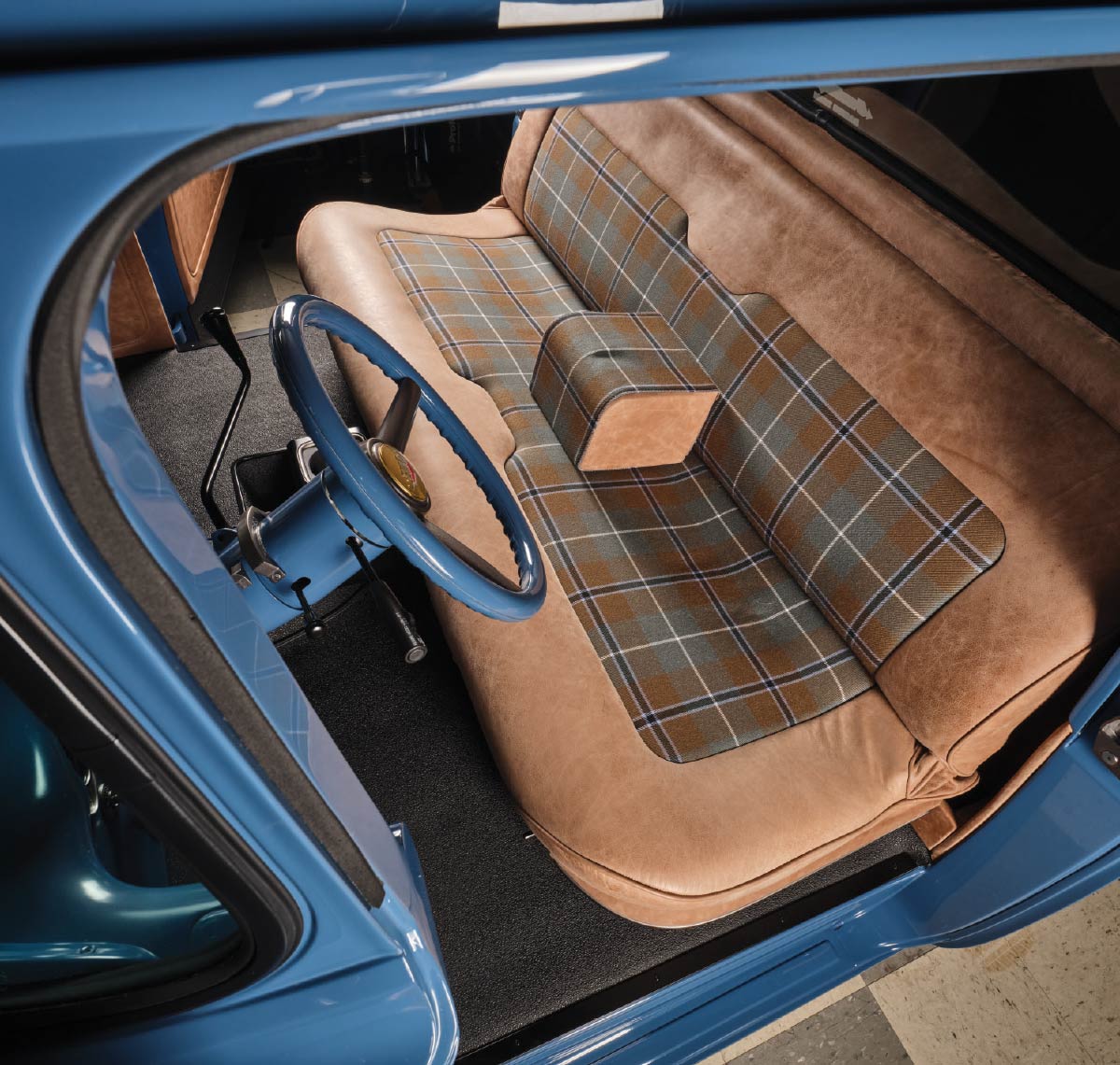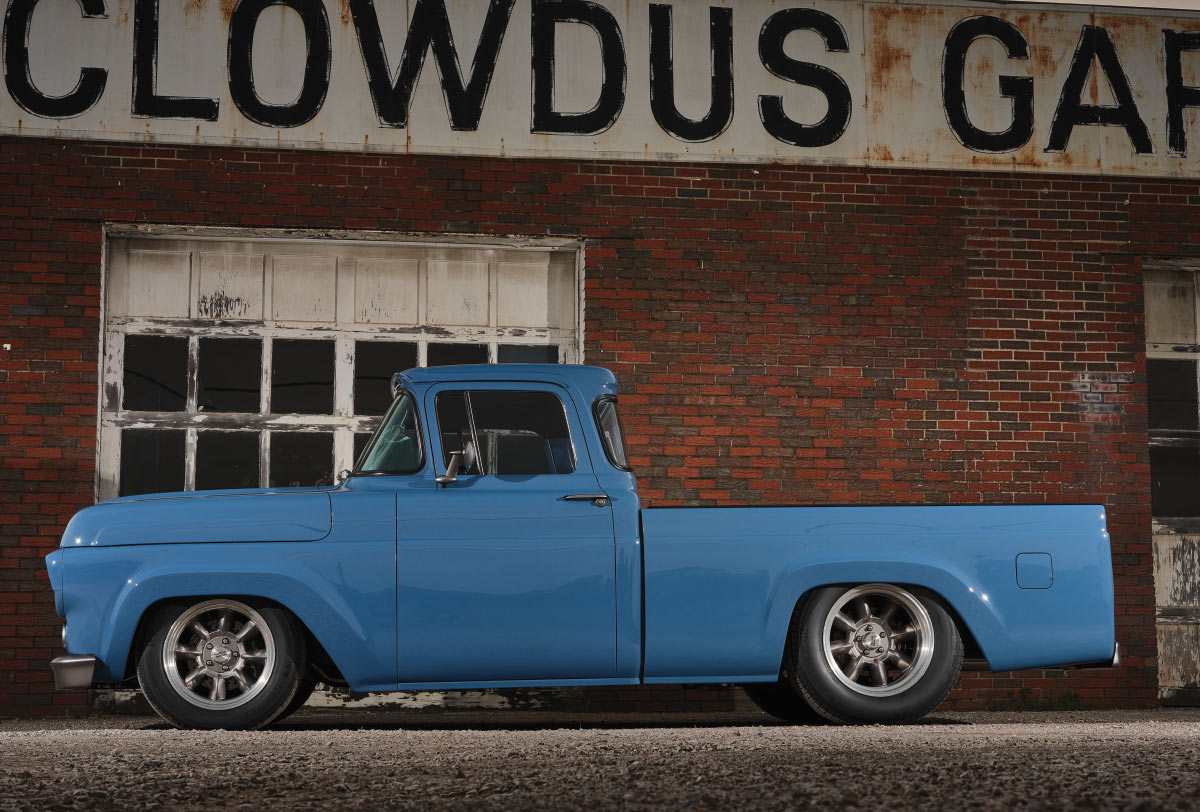
 Feature
Feature
 PHOTOGRAPHY BY John Jackson
PHOTOGRAPHY BY John Jacksonome of you might think it would be a difficult task for a “GM guy” to write about Ford trucks. Well, let the record state: That could not be further from the truth … especially when said FoMoCo haulers are GM-powered! (Just kidding!)
 FEATURE OF THE MONTH SPONSORED BY OPTIMA BATTERIES
FEATURE OF THE MONTH SPONSORED BY OPTIMA BATTERIES
 Feature
Feature
 PHOTOGRAPHY BY John Jackson
PHOTOGRAPHY BY John Jacksonome of you might think it would be a difficult task for a “GM guy” to write about Ford trucks. Well, let the record state: That could not be further from the truth … especially when said FoMoCo haulers are GM-powered! (Just kidding!)
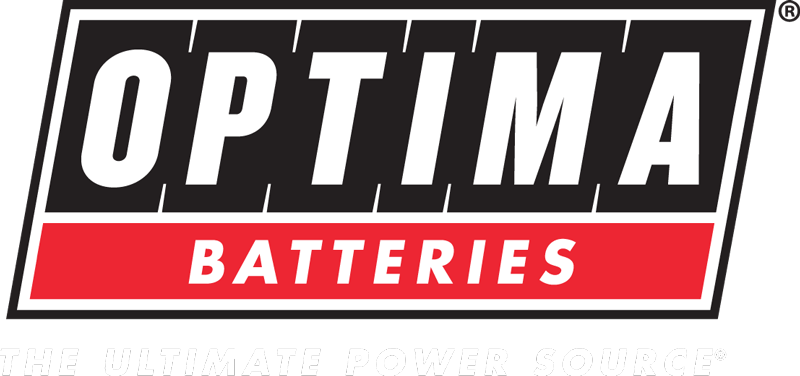
 FEATURE OF THE MONTH SPONSORED BY OPTIMA BATTERIES
FEATURE OF THE MONTH SPONSORED BY OPTIMA BATTERIES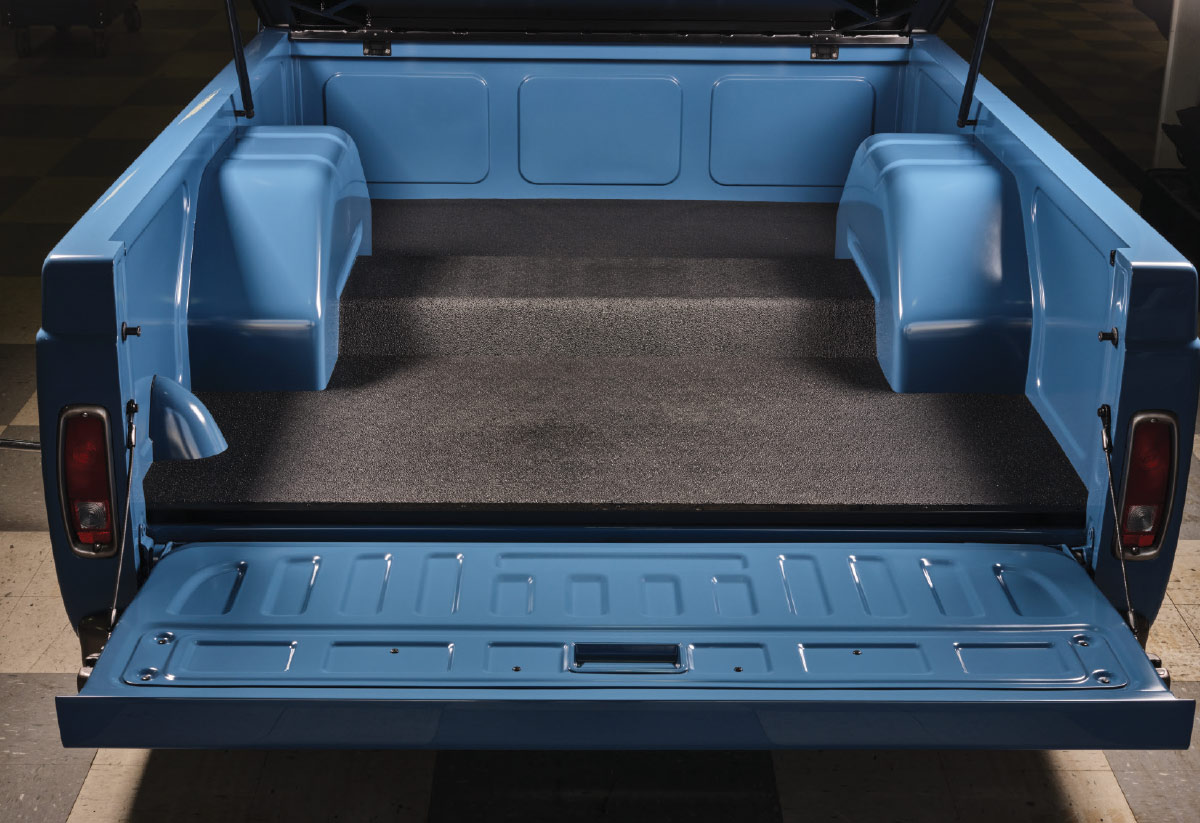
First and foremost I went directly to the man himself, Alan Johnson, and asked the proverbial “Why?” Here’s what he had to say, in a nutshell: “What started out as a handyman’s work truck has been reshaped into the 1957 Ford F-100 you see before you today. The truck’s ideals come from a time when handmade craftsmanship was formed and finished with pride. The truck’s innovation draws from the early road racing days of when Ford factory teams like Holman Moody battled it out on the track forged together with today’s modern technology.”
But Johnson neglected to mention one very important thing: the truck’s insane attention to practically every single detail … and then some. So much so, as a matter of fact, I don’t even know where to start! Literally from the tailgate to the grille, this seemingly mild-mannered Effie is anything but.
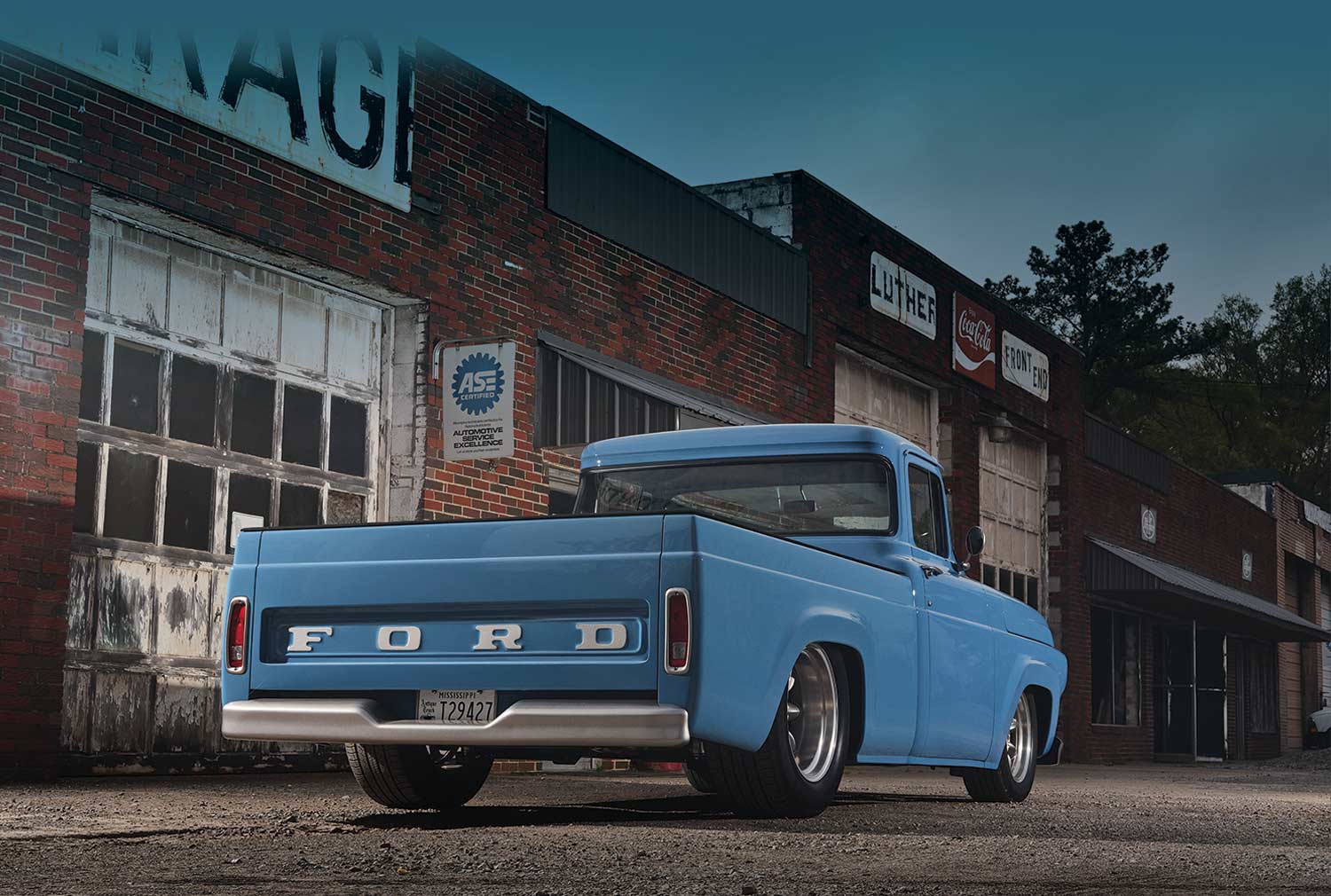
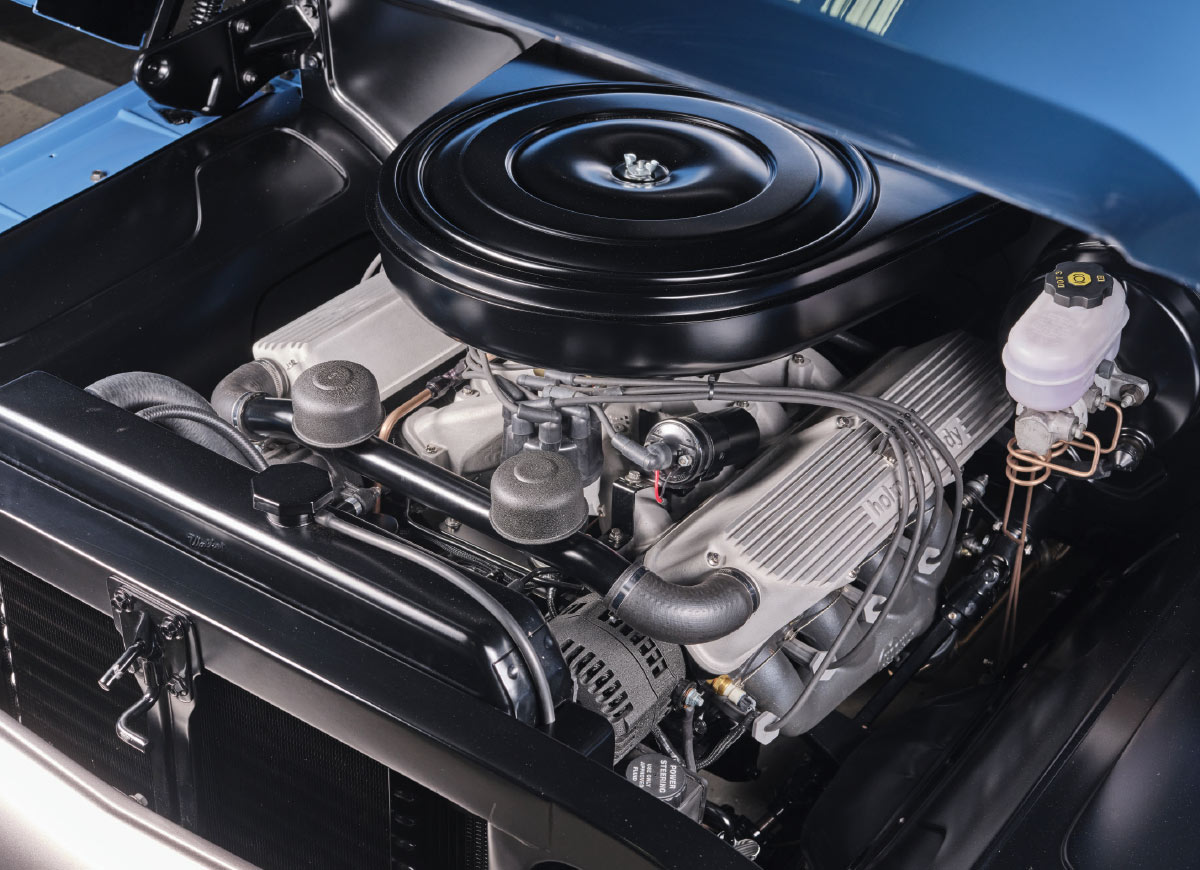
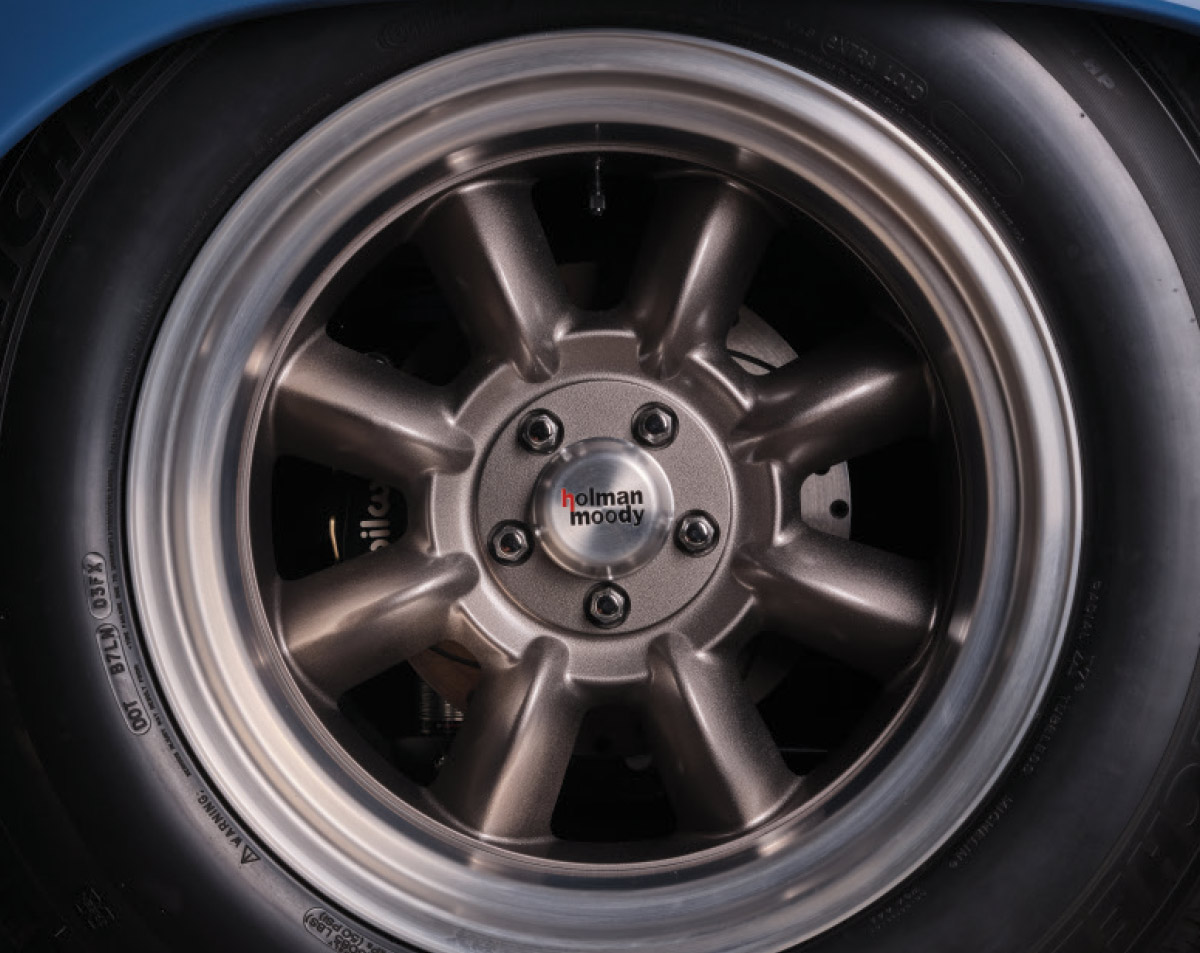
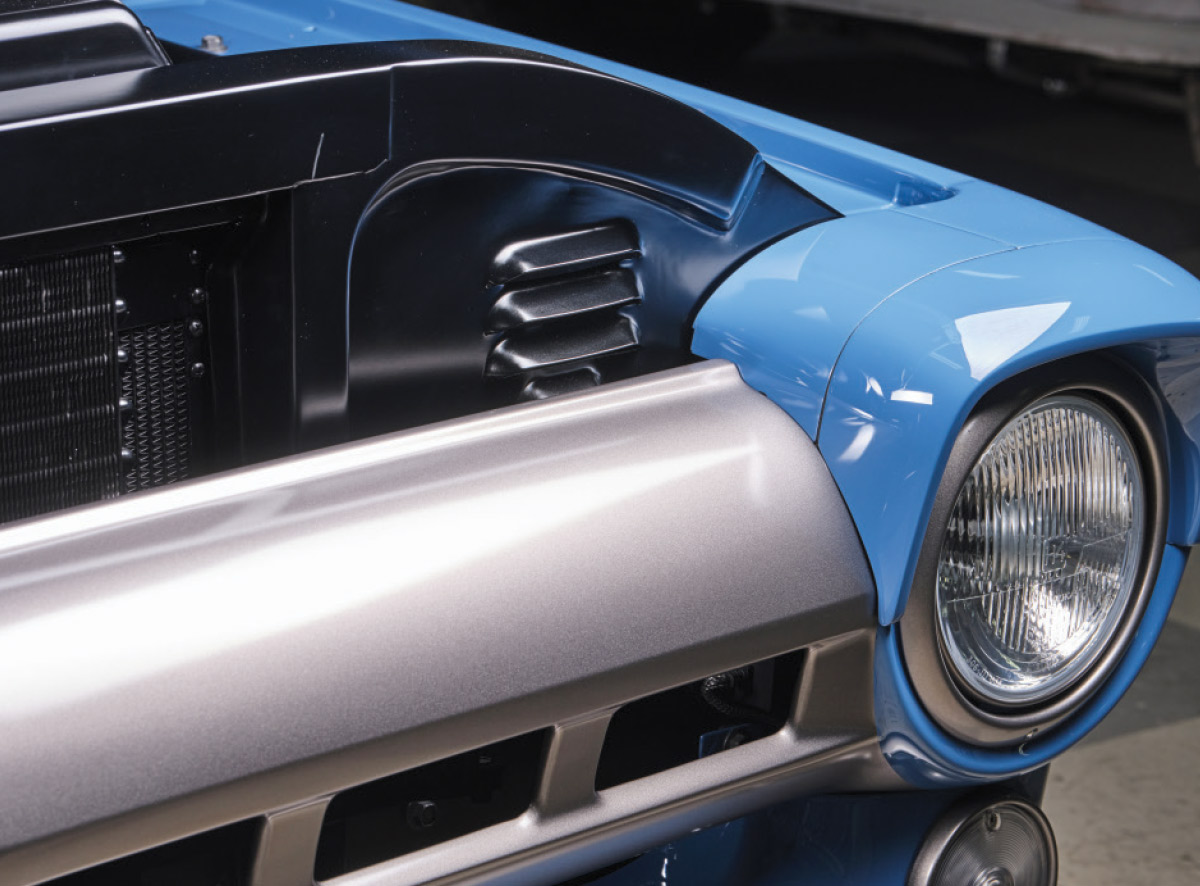
As for the F-100’s exterior, if at first glance you don’t notice a whole lot of non-stock going on, JHRS (that being Johnson, Jonathan Barefoot, Jonathan Fisher, and Maria Garcia) did their job! Upon closer examination, you may notice numerous subtle changes, such as leading edge of the bedside panels moved forward and re-radiused to match the contour of the cab, as well as being widened to better flow with stock the bodylines; wheelwell openings moved to center the wheels and the bodylines reshaped; rocker panels reworked and bodyline wrapped around back side of cab; tops of doors radiused; bumpers narrowed and tucked with license recess removed and filled; later-model F-100 taillights fitted alongside a hybrid-modified 1964-1972 tailgate skin that conceals a new-model GMC “soft-close” gate assembly. The bed itself received a ton of additional modifications (beyond the custom flush-fit aluminum tonneau), such as all-new inner bedside structures, widened inner wheelwells fabricated, and the rear bedside corners reshaped with seams removed. Additionally, underhood new inner fenderwells were fabbed and a custom-built firewall integrated and moved forward 41/2 inches for added legroom inside the cab.
When the time came for body and paint, Greg Chalcraft and Scott Falotico handled that aptly. The final color of choice is 1957 Ford Dresden Blue custom mixed by Axalta Automotive Refinish, with a cast metal gray used for contrasting accents on the 17- and 18-inch wheels, bumpers, door handles, raised tailgate letters, and so on.
Wrapping things up, the interior of George’s F-100 received further metal modifications by JHRS, such as the dash accent line being carried around and onto the doors before the shop’s in-house seamstress, Maria Garcia, did her thing with brown Garrett leather and plaid cloth inserts (complemented by satin blue–painted metal surroundings). Classic Instruments custom built the truck’s Holman Moody gauges, which are inset in a custom engine-turned insert with custom-machined bezels by JHRS. The steering column is an ididit, with a custom two-tone/two-spoke wheel by CON2R; wiring facilitated by an American Autowire harness; and the climate kept under control via a Vintage Air A/C system with DEI sound deadening.
When asked what the most challenging aspect of the build was, Johnson says, “… doing all the body modifications as if Ford had done it back in 1957 and that’s how it rolled off the assembly line.” Had the Ford Motor Company put that level of coachbuilding into their line of pickups in the late ’50s, well, let’s just say there’d be a lot more Chevy truck lovers with a secret passion for 1957-1960 F-100s … like me!

